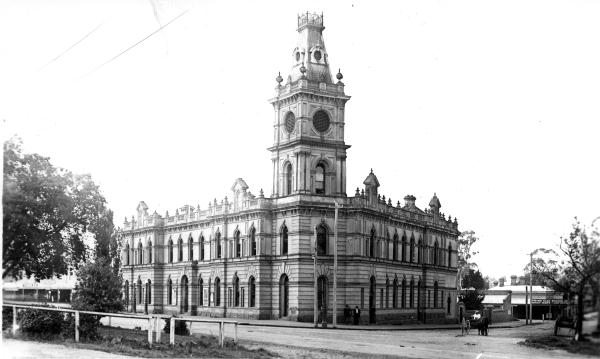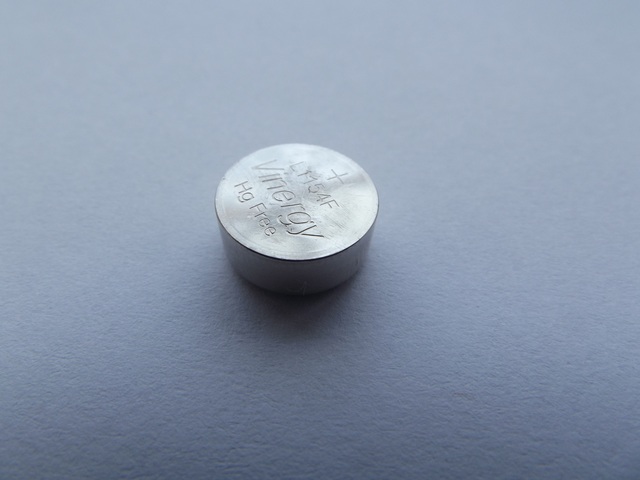THE new civic building has changed the face of Lonsdale Street. Over 100 years ago, councillors made another bold decision and committed funds to build Lonsdale Street’s other iconic building, the historic town hall. Dandenong and District Historical Society members Chris Keys and Carmen Powell recall the controversy.
In 1890 it was ambitious for council to build the Dandenong town hall.
The Shire of Dandenong boasted only 647 ratepayers and there was some bitter opposition to the proposal. Council and the Mechanics Institute Committee, two of the town’s most important community organisations, were at loggerheads over the issue – and it was all over the s5 (shillings) a week rental that the Mechanics Institute felt it was being deprived of by council. Matters weren’t helped when in 1887, council proposed that the Mechanics Institute Committee should transfer its prime central site on Lonsdale Street to council for new public buildings.
Instigator shire secretary, engineer and treasurer John Keys MLA was confronted by a strong and vocal opposition group headed by Henry Powis who fought the proposal at every turn.
However, John Keys was arguing from a position of strength; he was the voice of council, a member of the Mechanics Institute Committee, and as the local member of Parliament was able to extract a £2000 pound contribution from the Crown Law Department in return for including a court room in the plans. He also obtained permission for the new building to take up half a chain of Lonsdale Street.
After much controversy, the Mechanics committee finally agreed to hand over the prized location in return for the right to the whole upper floor and in consideration of council taking over its debt.
Architects Beswicke and Hutchins, who had already designed impressive town halls for Malvern, Hawthorn and Brighton, were commissioned to draw up plans, and on 21 January 1890 the successful tenderers, McCullock and McAlpine, signed a £9269 contract to erect the building.
“The South Bourke and Mornington Journal” (later to become the Dandenong Journal) commented: “The brick buildings will be spacious and of a very handsome design, being of brick, tucked-pointed, two storeys and having a very handsome tower on the south-west corner. The ground floor will contain municipal chambers, court house, public hall and caretaker’s residence; while the upper storey will include a public library, reading room, billiard room and club rooms.”
As part of Henry Powis’s strong rear-guard action, he forced a poll over council’s proposal to borrow £4000 of the cost. By a strange but convenient ruling for the town hall advocates – all those who did not record a vote opposing the loan were deemed to be in favour of it. Thus, it was that the 177 ratepayers, who voted against the loan, were out-voted by the remaining 474 deemed to be in favour of it.
Although it was conceived – and achieved – in controversy, the town hall went up ahead of schedule, and on 3 September, a banquet and a fancy dress ball were staged to mark the opening.
Ironically, the shire president, Colonel T. B. Hutton, a strong supporter of the project, almost lost the privilege of opening the building; he only
scraped home by three votes in his riding election.
Henry Powis boycotted the opening, scornfully labelling the building a “white elephant”.
For 78 years, the grand old building was the home of the municipality, and for 50 years it was the centre for local justice.
In 1934, a clock was added to the 83ft tower.
In time, the upstairs Mechanics Institute section was taken over by council and in 1939-40 the building underwent a major internal reconstruction, plus a large extension at the rear. In 1968, the Municipal Offices were transferred to Clow Street.
In 2006 the town hall underwent yet another transformation when it became home to the Drum Theatre.
Fortunately, the façade of the century-old building has been largely retained, and today it still adds a distinctive note to the bustling Lonsdale Street.
Long may it continue its watch over the tremendous development that has, and is, taking place all around it.







